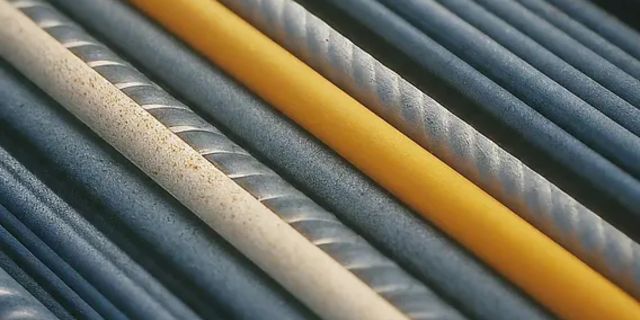When choosing between Fiber Reinforced Polymer (FRP) and steel rebars, it’s essential to evaluate factors like durability, maintenance, and cost. Steel rebars have been the backbone of construction for decades, but they come with limitations like susceptibility to rust and higher maintenance costs.
FRP rebars, made from composite materials like fiberglass, offer a corrosion-free alternative. They are particularly beneficial in environments exposed to moisture, chemicals, or saltwater. For instance, FRP rebars can be used in bridges, marine infrastructure, and wastewater treatment plants where steel rebars would typically degrade.
Moreover, FRP rebars are lighter, making transportation and installation quicker and more cost-effective. However, steel still holds an advantage in terms of upfront cost, as FRP rebars may initially seem more expensive. But when considering the long-term savings in maintenance and durability, FRP rebars offer greater value.
The choice between FRP and steel depends on the project’s specific needs, but the future of construction is undoubtedly leaning towards composite materials like FRP for their unmatched benefits.
